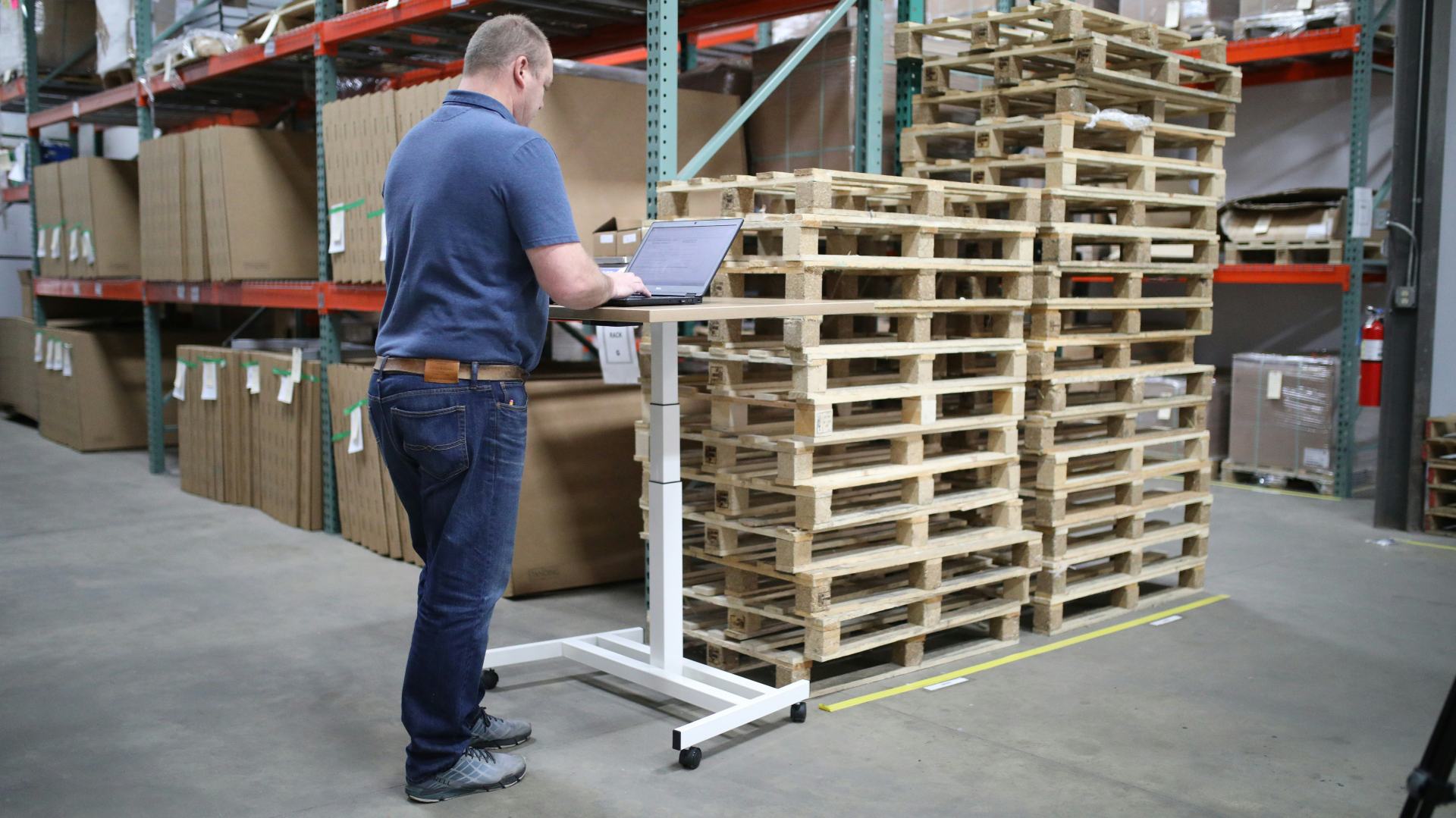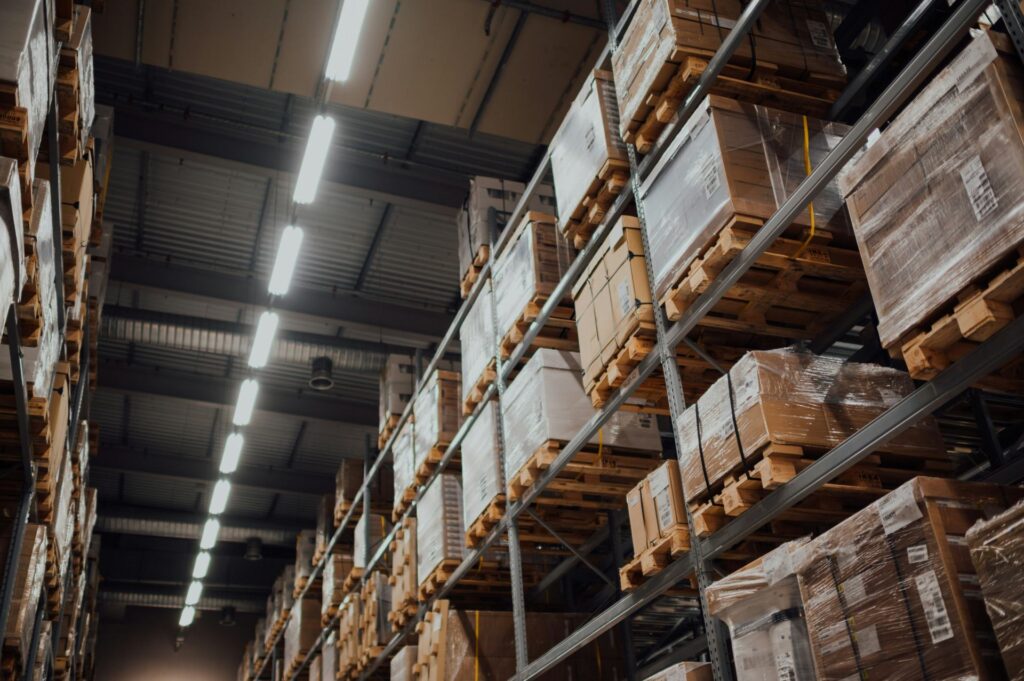Warehouse fires are a common occurrence, and often result in large losses. It can devastate a business, and must be protected against through the use of risk controls and effective safety measures.
At Romero Insurance Brokers, it’s our mission to keep our clients engaged and involved in their own financial safety. We’ve produced some helpful advice about warehouse fire safety and risks management, answering the most commonly received questions involving warehouse fires. For further information, talk to our your dedicated and handler and our experts.
What are the most common causes of fires in warehouses:
- Arson and Vandalism.
- Electrical faults.
- Machinery mechanical faults.
- Hazadous materials
- Lighting apparatus faults and misplacement.
- Improper and dangerous use of Forklift Trucks.
- Flames, heat and sparks from hot works by Maintenance Operatives and Contractors.
- Improper use of shrink wrapping and heat-sealing equipment.
- Heaters.
These are noted by insurers as the most common causes of warehouse fires, and as such protection measures should be in place to defend against these risks. There is a wide range of security measure that can be and should be implemented.

What are some real instances of warehouse fires?
Here’s are some recent examples of warehouse fires which destroyed stock, caused damages and financially affected businesses. These case studies should warn of the dangers and consequences of a warehouse fire.
1) In 2021, a fire involving lithium‑ion batteries occurred in the US. The fire took firefighters two weeks to completely extinguish. Lithium-ion batteries are notorious for their dangerous fires that are difficult to put out. Items which contained batteries in the warehouse included for telecommunications systems, renewable energy, utilities, and emergency lighting systems were stored in the warehouse.
2) In January 2023, a fire occurred in a French warehouse complex with three storage units. The fire spread to around 18,000 square meters of premises. The units stored 12,500 lithium‑ion batteries, used for cars. It took 137 firefighters with 60 fire engines to extinguish the fire.
3) A robot-operated distribution warehouse for a UK online grocery retailer caused concern when one of the robots, equipped with lithium‑ion batteries, started to burn and set fire to other vehicles and to the warehouse. 200 firefighters were needed to extinguish the warehouse fire.
Although all three of these instances involve batteries, they show the dangers of warehouse fires, how much damage it can do, how quickly it can spread, and how long fires can take to extinguish.

What are the main risks to look out for and manage?
At Romero Insurance Brokers, we’ve listed the main risks to look out for and how you can best implement safety measures to manage your risk:
Premises Security
With the top risk being arson, vandalism and deliberate damage, the protection of your premises should be a priority.
This can be done effectively with perimeter fencing, locked gates and thick security doors.
Consider employing a guard to man the premises. CCTV is a fantastic tool, and will ideally deter thieves and vandals, but can be used to warn of criminal acts. A remotely monitored event activated CCTV system needs to be installed and maintained by a certificated company.
Window bars, grilles and riad bollards are effective options to preventing access
Intruder alarms are often required within your insurance detail. Alarms will require accreditation, and warehouse manager should look to install an approved alarm that immediately warns and operating in tandem with a receiving centre.
Electrical Faults
Warehouse managers should ensure that their electrical systems are maintained and regularly inspected. Portable Appliance Testing (PAT) needs to be performed as defined in the risk assessment. All requirements should be undertaken by a qualified contractor.
Heating systems
Both portable heaters and fixed heating systems should be maintained by a professional.
Keep goods a minimum of 0.5 metres clear of light fittings as they can get surprisingly hot. Luminaires should be positioned within aisles, rather than directly above stock.
Hazardous Materials
Hazardous materials such as flammable liquids, oxidising agents and aerosol products should be suitably segregated.
Gas cylinders should be kept out of direct sunlight, and the number should be kept at a minimum and store in a well-ventilated area.
Location of waste materials
Storage of waste skips, idle pallets and other combustibles outside the building should be minimised. Watse storage should be at least 5 meters from the building, minimum.
Waste materials should be removed from the building at the end of working day.
No Smoking
Smoking must be prohibited throughout the premises in accordance with the smoke free legislation. Allocate a smoking shelter – this must be further than 5 meters from the warehouses, and have suitable dedicated metal receptacles.
Forklift Truck Use
Use of a forklift truck should be done in a well-ventilated area. Charging a forklift truck needs to be performed with at least 2 meters clearance.
Working with heat
Fire and sparks as a product of working needs to be minimised as much as possible. Ensure those working with heat have a formal hot work permit.
Shrink wrapping creates excessive heat, and should only be undertaken by trained staff. Ensure shrink wrapping is performed in a suitable area with adequate space. Keep fire extinguishers nearby and have all staff trained on fire safety.
Fire Safety
Provide a suitable number and type of portable fire extinguishing appliances.
Install a fire alarm system which should have dual path signalling to a receiving centre. It needs to be fitted appropriately by a contractor.
Sprinkler systems must be properly tested, maintained and fully operational at all times.
Lithium Ion Batteries
Solar panels, electric bikes, e-scooters, phones, tablets, laptops, vapes, portable electric hand tools, electric toothbrushes, garden equipment – all have lithium ion batteries. Generally the failure rater is not high, however a failure can be devastating. The failure rate is much higher with cheaper imported lithium battery powered products, so avoid this were you can.
FOR EFFECTIVE FIRE MANAGEMENT ADVICE, CONTACT YOUR BROKER
The tips we’ve provided allow warehouse manager and operators review their procedures and ensure they have all the effective risk control measures in place. For further advice and information, contact your broker.
As a Romero client policyholder, you will receive up to date advice and reap the benefits of an independent broker.

